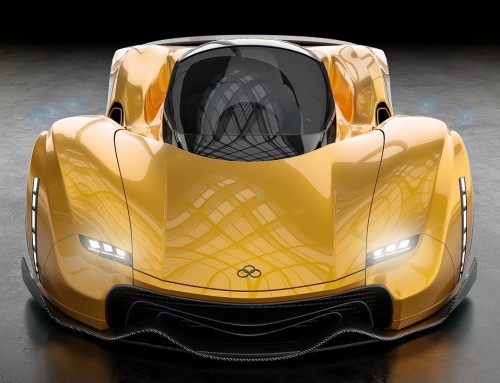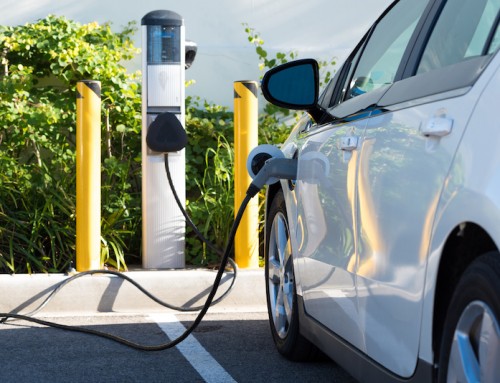At one time, there was a lot of hype surrounding the viability of the electric car. The detractors claimed it was a fad, unsustainable and inconvenient. During the early days of the technology, the range was very limited. Some cars went a whole 25-30 miles and their batteries would take up a large section of cargo and/or passenger space. I remember seeing an early version of Toyota’s program, an electric version of the small SUV, the RAV-4. At that point, it had to be a large enough vehicle to accommodate such a battery, in this case, all the cargo space behind the second row.
Then, there was the availability. The GM EV-1 wasn’t even for sale, you could only lease one. Other car companies, such as Honda, were a little more bold in the sales of the cars. However, the demand wasn’t huge. People who loved their electric cars, LOVED their electric cars. The rest of the world remained somewhat unimpressed. With legislation from states and the federal government, a certain percentage of cars sold by a large manufacturer had to be zero emission, so there were compliance issues as well. Bulky, expensive, limited were the major problems.
The Electric Car Now
20+ years later, the industry is in a little better shape. Toyota provided the world with the Prius, an oddly shaped wedge of an electric car with a “smaller” battery, but still a little bulky. Toyota was not the only manufacturer to produce an electric car, but this seemed to be a bit of a game changer. It was very well received and sold out quite quickly. It was nicely equipped, reliable and comfortable. The important thing was that is was affordable. Toyota purportedly only made $100 per sold car, but still, it was sustainable.
Other makers followed suit, using the Toyota technology and starting producing hybrid vehicles, as well as electrics. It would not be long before someone would create an electric car that could perform. Elon Musk introduced the Tesla Roadster to the world. A high performance, two seater convertible that was 100% electric and could turn heads. The ranges for newer electric vehicles are now in the hundreds of miles. Another corner had been turned.
The Future
The proponents of an electric fleet will tell you that cars have been using the same combustion technology since 1911 and that it’s time to be retired. The fact is, electric motors have fewer moving parts and fewer things that can go wrong. Moving forward, the technology can only improve and electric cars will replace the gas powered ones.








